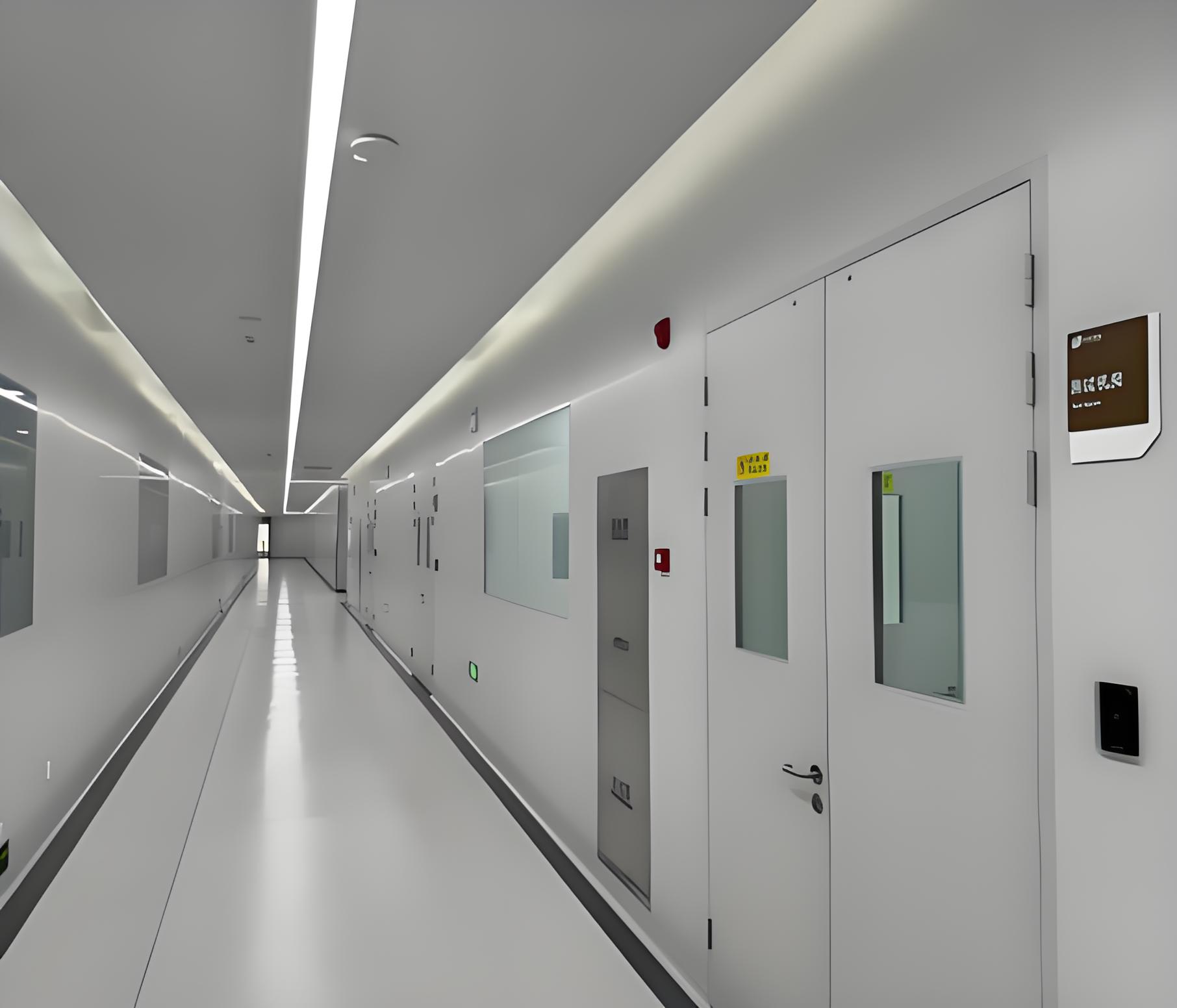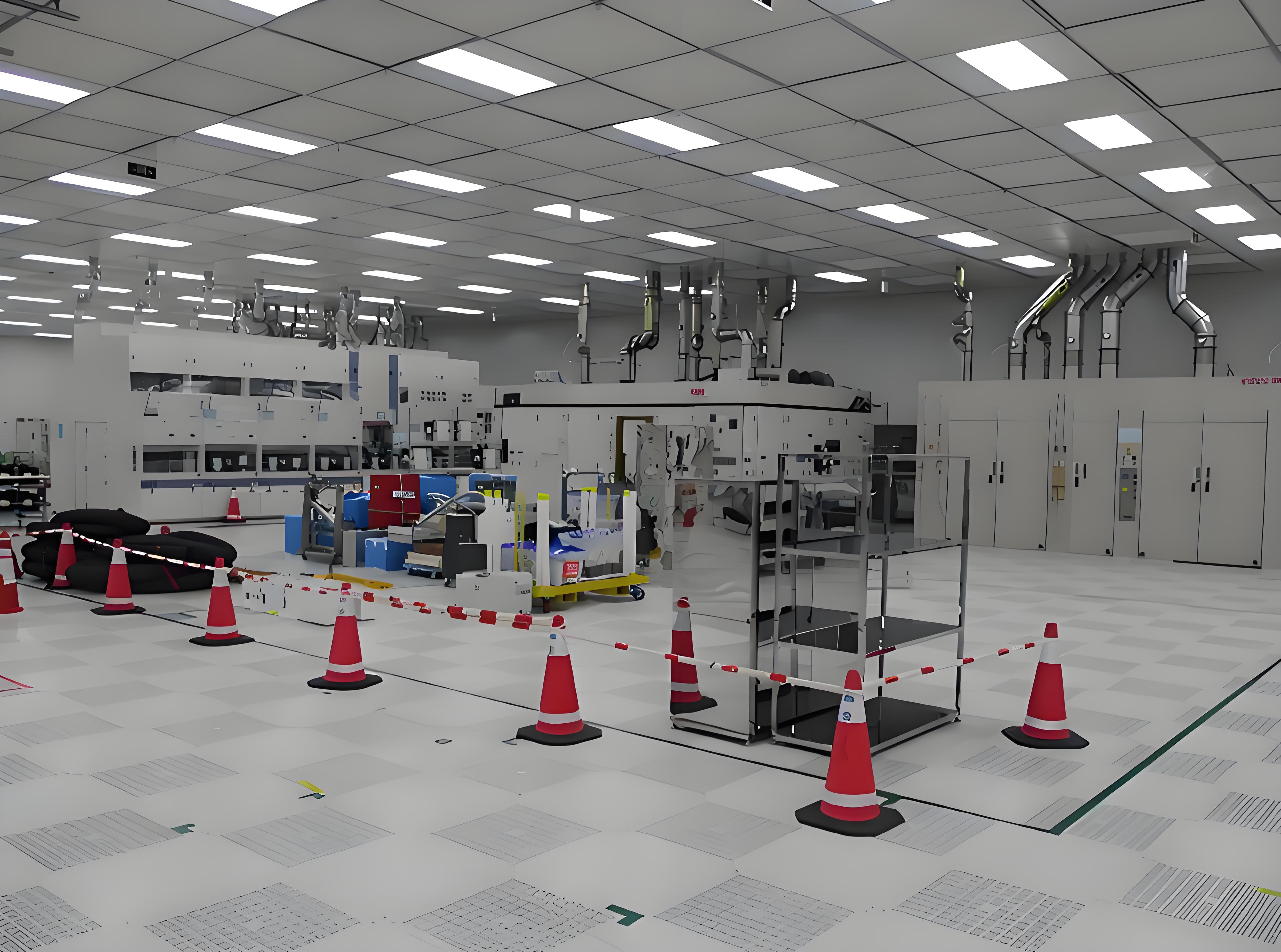




In the rapidly evolving field of biotechnology, the design of laboratory facilities plays a critical role in ensuring efficiency, safety, and compliance. Biotech lab design is not merely about arranging equipment; it involves a holistic approach that integrates regulatory standards, modular construction techniques, and rigorous validation processes. This article explores the essential components of modern biotech laboratory design, focusing on Biotechnology Laboratory Facility Design, cGMP Biotech Lab Design, modular cleanroom construction, and cleanroom certification and validation. We will also delve into common challenges faced during the design and implementation phases, providing insights to help stakeholders navigate these complexities. Whether you are planning a new facility or upgrading an existing one, understanding these elements is crucial for achieving optimal performance and adherence to industry benchmarks. By the end of this article, you will have a comprehensive view of how to approach biotech lab design effectively, balancing innovation with practicality.

Biotechnology Laboratory Facility Design is the foundation of any successful biotech operation. It encompasses the strategic planning of space, workflow, and infrastructure to support research, development, and production activities. A well-designed facility prioritizes flexibility, scalability, and safety, accommodating everything from basic research benches to advanced bioreactors. Key considerations include zoning for different functions (e.g., wet labs, dry labs, and office areas), efficient material flow to prevent cross-contamination, and integration of HVAC systems for environmental control. In biotech lab design, the goal is to create an environment that fosters collaboration while minimizing risks. For instance, incorporating segregated pathways for personnel and materials can enhance biosafety. Moreover, sustainability aspects, such as energy-efficient lighting and water recycling systems, are increasingly important in modern Biotechnology Laboratory Facility Design. By focusing on these elements, organizations can reduce operational costs and improve productivity. However, one common issue is underestimating space requirements, leading to cramped conditions that hinder workflow. To avoid this, engage stakeholders early in the design phase to forecast future needs.
When it comes to manufacturing biopharmaceuticals or diagnostic products, cGMP Biotech Lab Design is non-negotiable. cGMP, or current Good Manufacturing Practices, are regulatory standards enforced by agencies like the FDA and EMA to ensure product quality and patient safety. In cGMP Biotech Lab Design, the emphasis is on controllability, documentation, and contamination prevention. This involves designing labs with smooth, non-porous surfaces for easy cleaning, dedicated air handling units to maintain pressure differentials, and robust waste management systems. For example, in a cGMP-compliant lab, cleanrooms must be designed to meet specific classification standards (e.g., ISO 14644-1). Integrating cGMP principles into biotech lab design also requires considering personnel flow—using gowning areas and airlocks to minimize particulate introduction. A frequent challenge in cGMP Biotech Lab Design is balancing stringent regulations with flexibility for process changes. Labs often face issues like inadequate validation protocols or insufficient space for quality control testing. To mitigate these, involve quality assurance teams from the outset and use modular approaches that allow for future adaptations. By prioritizing cGMP in the initial biotech lab design, companies can streamline inspections and reduce compliance-related delays.

Modular cleanroom construction has revolutionized biotech lab design by offering scalable, cost-effective solutions for controlled environments. Unlike traditional stick-built cleanrooms, modular systems use prefabricated panels and components that can be quickly assembled, disassembled, or reconfigured. This approach is ideal for biotech labs, where research priorities may shift rapidly. The benefits of modular cleanroom construction include reduced installation time, lower initial costs, and enhanced adaptability. For instance, a lab focusing on cell therapy can easily expand its cleanroom space to accommodate new equipment without major disruptions. In biotech lab design, modular cleanrooms also support better contamination control through seamless joints and integrated HEPA filtration systems. However, common problems with modular cleanroom construction include issues with air leakage if not properly sealed or challenges in achieving higher cleanliness classes (e.g., ISO Class 5). To address these, work with experienced contractors who specialize in modular cleanroom construction and conduct thorough testing during installation. By leveraging this method, labs can achieve a agile biotech lab design that aligns with dynamic project needs.
Cleanroom certification and validation are critical steps in the biotech lab design process, ensuring that controlled environments meet predefined standards for particulate levels, temperature, humidity, and airflow. Certification typically involves tests like particle counting, airflow velocity checks, and pressure differential measurements, while validation extends to proving that the cleanroom performs consistently under operational conditions. In biotech lab design, this process is essential for compliance with regulations such as cGMP and ISO standards. For example, after completing modular cleanroom construction, a lab must undergo cleanroom certification and validation to verify ISO Class 7 conditions before initiating sensitive experiments. Common issues during cleanroom certification and validation include inconsistent airflow patterns, equipment calibration errors, or inadequate documentation. These can lead to failed audits and project delays. To prevent such problems, incorporate cleanroom certification and validation planning early in the biotech lab design phase, using risk-based approaches and third-party experts. Regular re-certification is also vital to maintain performance over time. By prioritizing cleanroom certification and validation, labs can uphold integrity in their Biotechnology Laboratory Facility Design.
Despite careful planning, biotech lab design often encounters several common challenges. One major issue is budget overruns, which can stem from underestimating the costs of modular cleanroom construction or cleanroom certification and validation. To avoid this, develop a detailed budget that includes contingencies for unexpected expenses. Another frequent problem is regulatory non-compliance, particularly in cGMP Biotech Lab Design, where evolving standards may require design adjustments. Engaging regulatory consultants during the initial Biotechnology Laboratory Facility Design can help stay ahead of changes. Space constraints are also common, especially in urban settings; utilizing vertical space or flexible layouts from modular cleanroom construction can maximize efficiency. Additionally, technology integration poses challenges—for instance, incorporating advanced automation without disrupting existing workflows. In biotech lab design, it's crucial to future-proof by selecting scalable systems. Lastly, personnel safety risks, such as exposure to hazardous materials, can arise if biosafety levels are not properly addressed in the design. Implementing rigorous risk assessments and training programs can mitigate this. By anticipating these challenges, stakeholders can create a resilient biotech lab design that supports long-term success.
In summary, effective biotech lab design is a multifaceted endeavor that requires balancing technical, regulatory, and operational considerations. From the broad scope of Biotechnology Laboratory Facility Design to the specific demands of cGMP Biotech Lab Design, each element contributes to a functional and compliant environment. The adoption of modular cleanroom construction offers flexibility, while rigorous cleanroom certification and validation ensures quality assurance. By understanding common pitfalls and implementing proactive strategies, organizations can navigate the complexities of biotech lab design with confidence. As biotechnology continues to advance, investing in a well-thought-out design will not only enhance productivity but also foster innovation. Remember, a successful biotech lab design is not a one-time project but an evolving process that adapts to new challenges and opportunities.